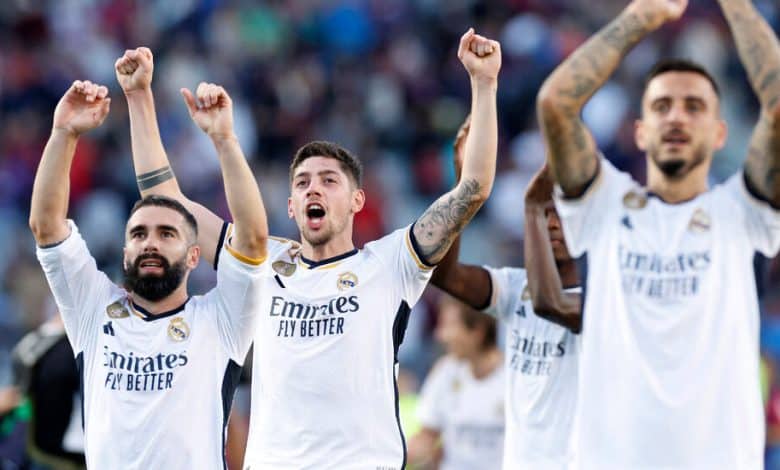Is Soccer’s Model Club Actually … Real Madrid?

Florentino Pérez had a contented smile on his face, and with good reason. He had just watched Spain and Brazil share a thrilling, freewheeling draw at the stadium he has expensively, lavishly, reappointed. Now, Pérez, Real Madrid’s all-powerful president, found himself in a whitewashed tunnel, presented — completely by chance, obviously — with his favorite kind of photo opportunity.
To one side stood Vinícius Júnior, Real Madrid’s standard-bearer and main event, dutifully introducing the man who pays his wages to his Brazil teammates. A little further along the corridor, hurrying to pay obeisance, was Rodrygo, another of Pérez’s employees.
But Pérez’s focus was on Endrick, the 17-year-old star-in-waiting who will complete his long-awaited move to the Santiago Bernabéu this summer. To say the two of them shared a conversation would be pushing it: In footage of their brief meeting, Endrick does not appear to speak. After a handshake, Pérez utters only one line, but it is perfect. “We’re waiting for you here,” he said.
Real Madrid has had Endrick lined up for some time: The club announced that it had reached an agreement to sign him from Palmeiras three days before the final of the 2022 World Cup. He would, as FIFA’s rules dictate, remain in Brazil, with the club that has sculpted him into the most coveted prospect in world soccer, until he turns 18 this July.
That kind of long-term planning feels just a little out of step with Real Madrid’s traditional modus operandi. The club identifies, correctly, as a titan, and — under Pérez’s stewardship, in particular — it has taken great pride in living the values associated with the classical definition of that term: impetuous, impulsive, irascible.